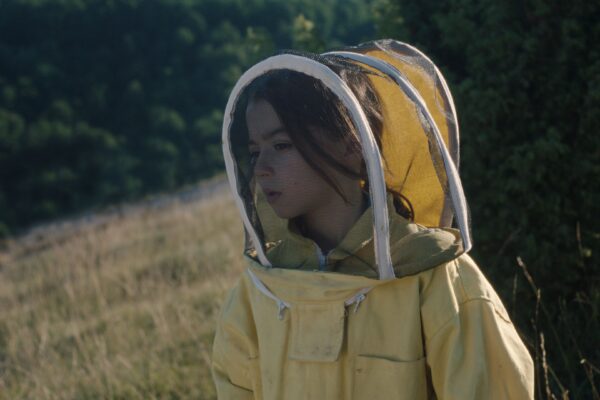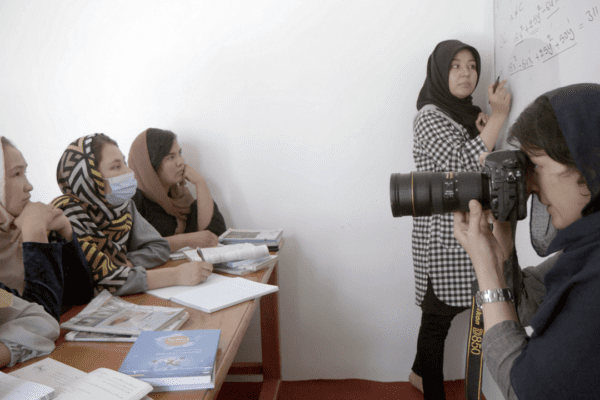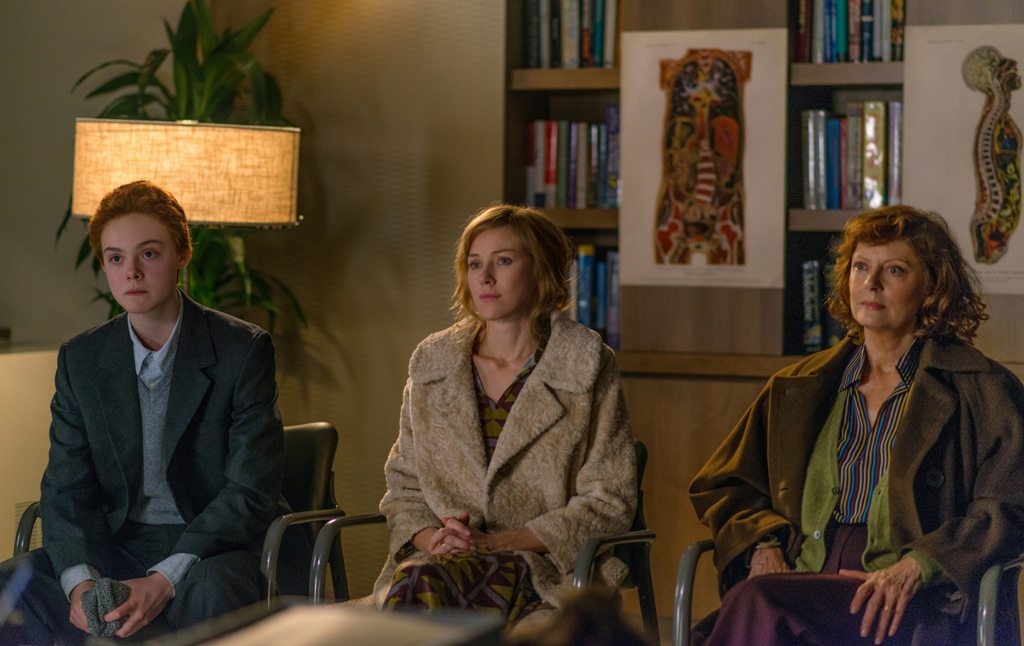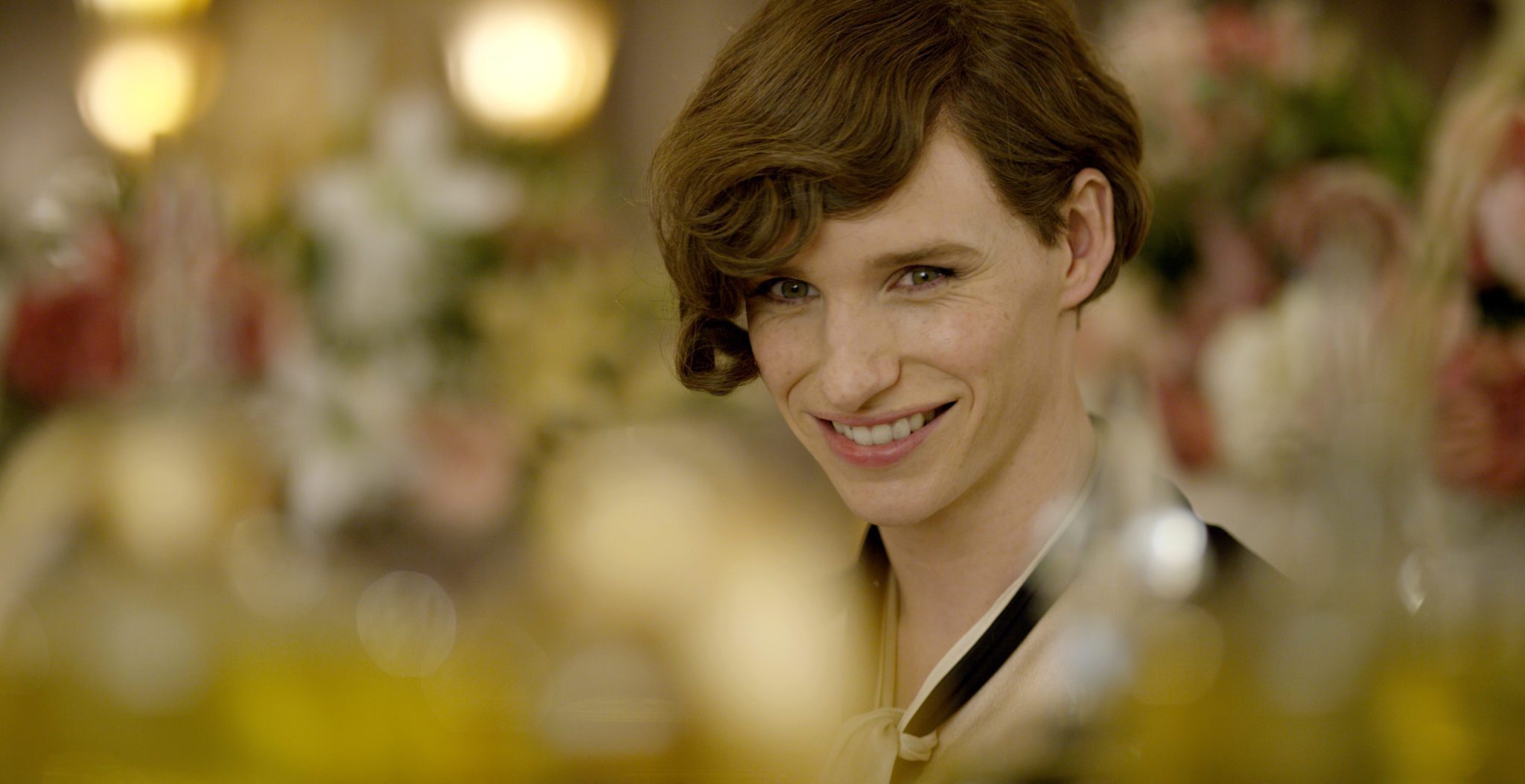
National Anthem: Finding Yourself in the MidWest
When the National Anthem is played, everyone is invited to rise up together. National Anthem follows Dylan (Charlie Plummer), a quiet 21-year-old who does whatever he can to help his family survive. With his erratic mother barely in the picture, he watches over his little brother and works hard to pay the bills. But things change when he…





